Kenya Surpasses One Million Square Meters of Certified Green Floorspace
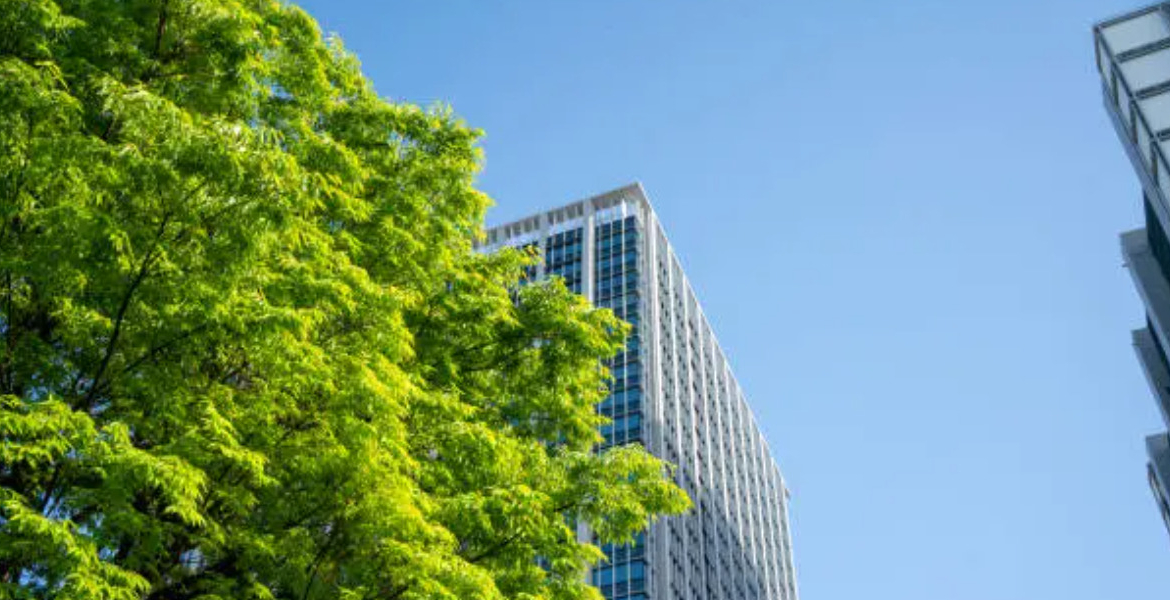
Kenya has achieved a significant milestone in its commitment to environmental sustainability, surpassing one million square meters of green-certified floorspace.
This achievement underscores the nation's growing dedication to reducing carbon emissions, promoting energy efficiency, and advancing environmentally conscious construction practices. The primary catalyst for this transformation has been the Excellence in Design for Greater Efficiencies (EDGE) certification, an initiative spearheaded by the International Finance Corporation (IFC), a member of the World Bank Group. To date, 212 buildings across Kenya have received EDGE certification, encompassing a diverse range of structures, including hospitals, office complexes, residential developments, hotels, warehouses, and industrial facilities.
These buildings are designed to minimize their environmental impact through optimized energy and water consumption. The cumulative effect of these certified buildings is substantial. They collectively offset 9,000 tonnes of carbon emissions annually, an environmental impact equivalent to removing 2,000 cars from the road each year. This contribution is especially critical given that the construction sector is a major contributor to global carbon emissions, accounting for approximately 37-40 percent of the world's total emissions.
Among the pioneering green buildings in Kenya, Britam Towers holds the distinction of being the first to achieve EDGE certification, setting a precedent for sustainable construction practices nationwide. Other noteworthy examples include The Aga Khan University and Garden City, both of which demonstrate how modern architectural design can effectively integrate environmentally friendly practices. Mvule Gardens, a residential development in Kilifi developed by 14 Trees, has further advanced the field by becoming Africa's first EDGE-certified, 3D-printed residential development.
These buildings play a vital role in minimizing the ecological footprint of Kenya's built environment. Projections indicate that they will collectively save nearly 900,000 cubic meters of water and 32,000 megawatt-hours of energy annually. These savings are equivalent to supplying water to 25,000 people for a year and powering approximately 2,900 homes. EDGE is a globally recognized certification tool that empowers developers, property owners, and investors to evaluate the environmental and financial implications of their design choices. The certification process is fully digital, allowing for rapid analysis and informed decision-making.
Worldwide, EDGE has certified more than 100 million square meters of space, with Africa accounting for 10 percent of this total. Mary Macharia, EDGE Green Buildings Country Lead for Kenya, views the achievement of one million square meters of certified floor space as a significant step forward. "Reaching one million square meters of EDGE-certified floor space in Kenya is a powerful testament to the country’s growing commitment to sustainable development and climate resilience," she stated. She emphasizes that EDGE is more than just a certification; it is a catalyst for change in construction and design, unlocking new levels of efficiency and performance across both commercial and residential projects.
Recognizing the significant impact of construction on global carbon emissions, the IFC promotes green certification as a means to empower emerging markets to adopt resource-efficient building practices in an affordable and scalable manner. This focus extends beyond reducing direct energy and water consumption to limiting the embodied carbon within construction materials, which accounts for a substantial portion of the industry's environmental footprint.
Green-certified buildings not only offer environmental advantages but also yield significant financial benefits. Energy-efficient structures can reduce energy costs by up to 30 percent, while also offering better financing rates, higher occupancy rates, and stronger brand equity. Real estate investors increasingly recognize sustainability as a unique selling point, leading to greater interest in retrofitting older buildings to meet environmental standards, according to Ms. Macharia.
While Kenya's green building movement is experiencing growth, experts emphasize the importance of benchmarking progress against other African nations. George Ndege, President of the Architectural Association of Kenya (AAK), suggests that comparing Kenya's progress with that of countries like South Africa can provide valuable insights into future development timelines. He also stresses the need to define the scope of certified buildings, given that a significant portion of Kenya’s urban landscape consists of informally constructed residential buildings that do not meet sustainability standards.
Buildings constructed without environmental considerations, often referred to as “brown” buildings, typically consume excessive amounts of water and electricity, making them costly to maintain. Retrofitting these structures to meet green standards requires thorough assessment and modification, including upgrading insulation, heating, cooling, and lighting systems. Integrating renewable energy sources such as solar panels and wind turbines, as well as implementing water conservation strategies like rainwater harvesting and low-flow plumbing, can further minimize resource depletion.
Sustainability efforts also encompass waste management practices. Recycling construction materials, composting organic waste, and integrating eco-friendly designs such as green roofs and living walls can improve air quality and enhance urban cooling. However, Mr. Ndege acknowledges that green building concepts have yet to gain widespread acceptance, partly due to limited expertise in applying international certification systems.
In addition to the IFC’s EDGE certification, Kenya has utilized the Leadership in Energy and Environmental Design (LEED) system, developed by the US Green Building Council (USGBC). LEED provides a comprehensive framework for sustainable building design, construction, and operation. Recognizing the need for a localized certification model, Kenya’s architectural body is developing the Safari Green Building Index. Mr. Ndege describes it as a tool designed to make green building strategies more accessible to local practitioners, ensuring adaptability across various climatic zones in East Africa. The index will apply to new construction projects, major renovations, and heritage buildings, offering region-specific guidelines to mitigate environmental impact.
"This is a significant milestone, especially now that Kenya is embarking on the development of a decarbonization roadmap," Mr. Ndege stated.
The roadmap, developed by the Green Building Performance Network (GBPN) in collaboration with AAK and Kenya’s State Department for Public Works, aims to integrate green certification into national climate policies. Globally, sustainable construction is gaining traction as urban development increasingly prioritizes energy efficiency, reduced carbon footprints, and healthier indoor environments. Governments worldwide are introducing incentives for eco-friendly building initiatives, recognizing their role in combatting climate change and enhancing urban resilience.
Kenya has taken steps to incorporate sustainability into its regulatory framework. The Climate Change (Green and Resilient Buildings) Regulations, formulated in 2023, sought to promote green construction, though their operationalization remains unclear. Similarly, the newly enacted Building Code includes provisions for sustainable buildings, alongside county-level regulations.

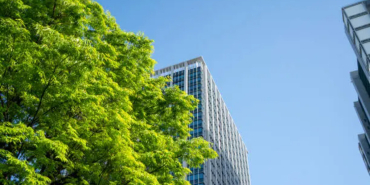

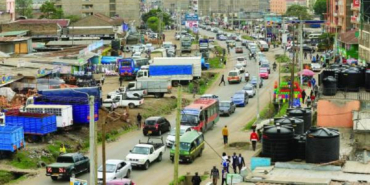
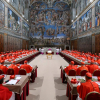
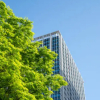


Add new comment